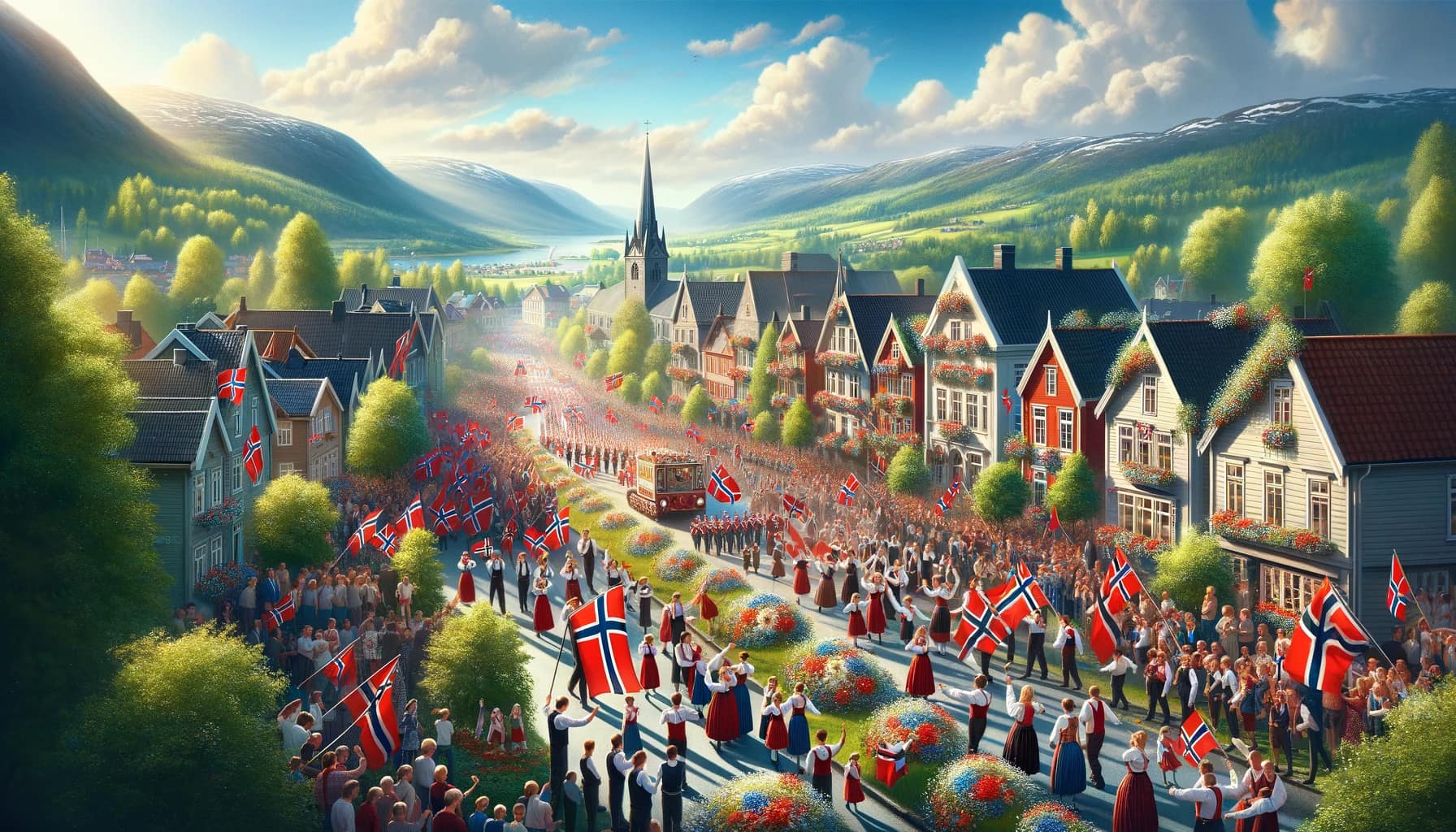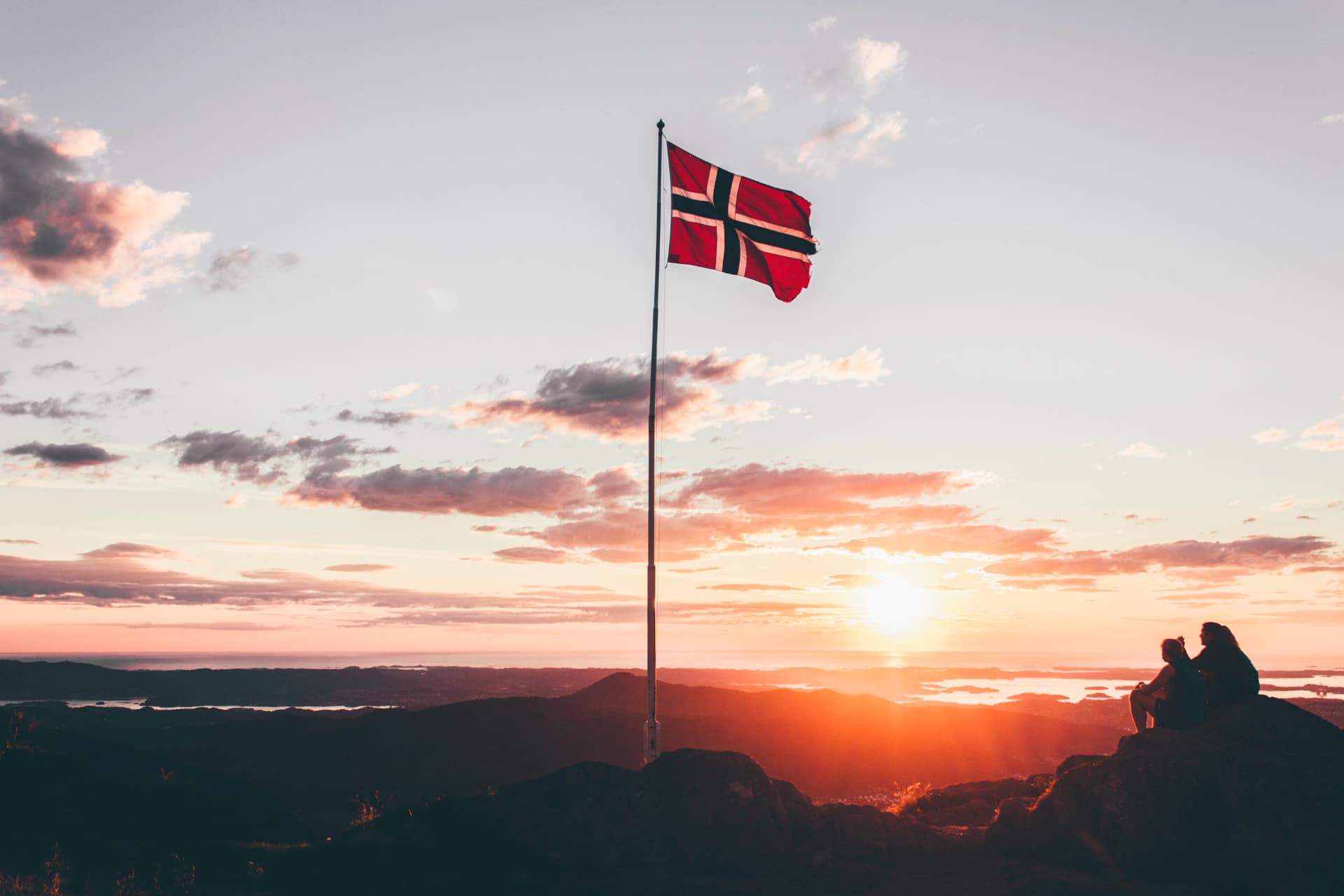Norway, a country steeped in history and adorned with a rich tapestry of cultural traditions, offers a treasure trove of experiences for those eager to delve into its heritage. From the seafaring Vikings who left a lasting mark on history to the quaint stave churches that dot its landscapes, Norway’s cultural fabric is both diverse and profoundly impactful. This exploration leads us through the corridors of illustrious museums, vibrant festivals, and historic sites, each narrating a story of a past era and its people.
In this journey through Norway’s cultural landscape, we visit iconic institutions such as the Viking Ship Museum in Oslo, celebrate national pride during the festivities of the 17th of May, and stand in awe within the ancient walls of stave churches like those at Urnes. Each element offers a unique perspective into the rich traditions and historical depth that define Norwegian heritage.

Museums: Windows to the Past
Viking Ship Museum
One of the most iconic repositories of Norway’s Viking heritage, the Viking Ship Museum in Oslo is home to some of the best-preserved Viking ships in the world. The museum’s centerpiece exhibits include the Oseberg and Gokstad ships, which date back to the 9th century. These ships, originally used as burial vessels for prominent Vikings, offer a detailed look at Viking shipbuilding techniques and their way of life, with intricate carvings and artifacts that range from household items to weapons and tools.
Norsk Folkemuseum
The Norsk Folkemuseum, located on the Bygdøy peninsula in Oslo, provides a comprehensive overview of Norwegian cultural history. This open-air museum features more than 160 buildings from various time periods and regions across Norway. Visitors can walk through historic villages, experiencing traditional Norwegian homes and farmsteads firsthand. The museum also hosts live demonstrations of folk dancing and handicrafts, allowing visitors to engage directly with traditional Norwegian crafts and customs.
Both museums not only serve as custodians of Norway’s past but also as vibrant educational platforms, offering insights into the country’s development through meticulously preserved artifacts and engaging cultural displays. These institutions play a crucial role in connecting the past with the present, helping to keep Norway’s rich historical and cultural traditions alive.

Festivals: Celebrating Norwegian Traditions
National Day (17th of May)
Norway’s National Day, celebrated on the 17th of May, is a vibrant display of national pride and joy. Known as Syttende Mai, this day commemorates the signing of the Norwegian Constitution in 1814, marking Norway’s independence. The streets of cities and towns across the country burst into life with parades, where children march to the tunes of bands and adults dress in traditional costumes known as bunad. The atmosphere is festive and patriotic, with flags waving and a myriad of concerts and family activities taking place throughout the day.
Midsummer’s Eve (Sankthansaften)
Sankthansaften, or Midsummer’s Eve, is celebrated on June 23rd, marking the summer solstice. This festival is rooted in ancient pagan traditions and is widely celebrated across Norway with bonfires, singing, and feasting. The bonfires, which are central to the celebrations, are symbolic of warding off evil spirits. Families and friends gather by lakes and at the seaside to light fires, enjoy traditional foods, and celebrate the longest day of the year. It’s a time of joy and community, reflective of Norway’s deep connection to nature and its seasonal cycles.
These festivals not only provide a window into Norway’s cultural soul but also offer an opportunity for visitors to participate in deeply ingrained national traditions that continue to shape the Norwegian way of life.
Historic Sites: Exploring Architectural Marvels
Stave Churches
Norway’s stave churches are architectural marvels of the medieval world, showcasing intricate woodworking skills and a unique style that blends Christian and pagan elements. These churches, primarily built during the 12th and 13th centuries, are characterized by their tall wooden structures and ornate carvings. The Urnes Stave Church, a UNESCO World Heritage site, is perhaps the most famous. It features exquisite carvings that represent Viking traditions transitioning into Christian motifs. Visiting these stave churches offers a glimpse into Norway’s religious history and the artistry of its early craftsmen.
Bryggen in Bergen
Bryggen, located in Bergen, is another significant historical site, known for its colorful wooden merchant houses along the old wharf. Dating back to the Hanseatic League’s trading empire in the 14th to 16th centuries, Bryggen illustrates the importance of Bergen as a part of the Hanseatic trade routes across the maritime continent of Europe. Today, it’s not only a historical site but also a vibrant area filled with museums, shops, restaurants, and cultural activities, making it a lively part of Bergen’s cultural scene.
These historic sites serve as poignant reminders of Norway’s rich cultural tapestry, from its Viking roots through its medieval growth and onto its modern day splendor. Visiting these sites allows travelers to step back in time and experience the enduring legacy of Norway’s historical and cultural influences.
Conclusion
Exploring Norway’s rich heritage and traditions through its museums, festivals, and historic sites offers a profound way to connect with the country’s cultural soul. Each experience, whether it’s wandering through the ancient corridors of a Viking Ship Museum, joining the jubilant crowds on National Day, or standing in the silent awe of a medieval stave church, enriches your understanding of Norway’s past and present.
Reflecting on the Journey
As you traverse through Norway’s cultural landscape, you gather not just memories but also an appreciation for how history, tradition, and identity are interwoven into the fabric of everyday life. These cultural experiences provide more than just knowledge; they offer insight into the Norwegian spirit and resilience.
Embracing the Experience
Norway invites you to not only see its history but to live it. By participating in traditional festivals, exploring historical sites, and visiting museums, you engage with the culture in a way that goes beyond typical tourism. This deeper engagement fosters a genuine connection with the place and its people, providing a richer, more memorable travel experience.
Encouragement for Future Travels
Whether you’re a history enthusiast, a lover of architecture, or someone fascinated by cultural traditions, Norway’s diverse cultural offerings ensure that there is always something new and meaningful to discover. So, as you plan your journey, consider diving deep into the cultural experiences that await in Norway—each one promising to add another layer of color and context to your understanding of this beautiful country.





0 Comments